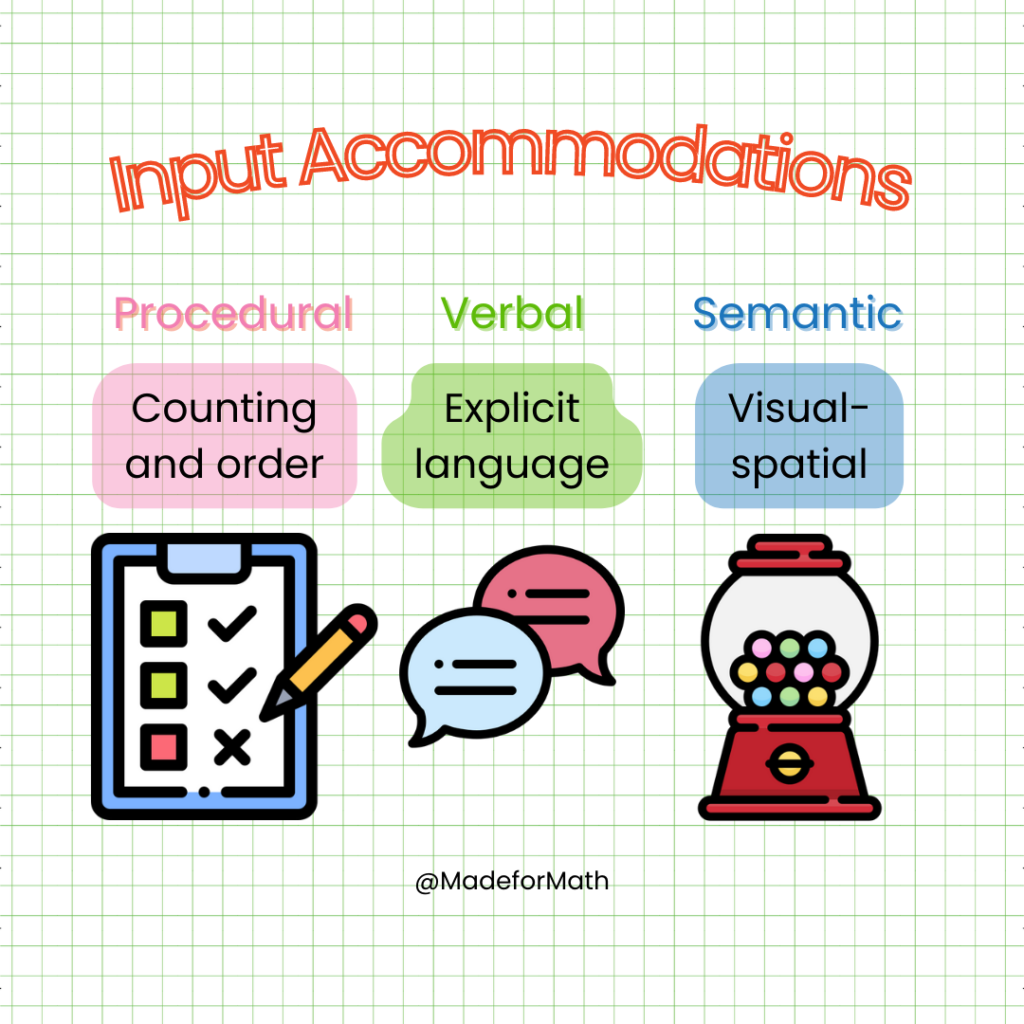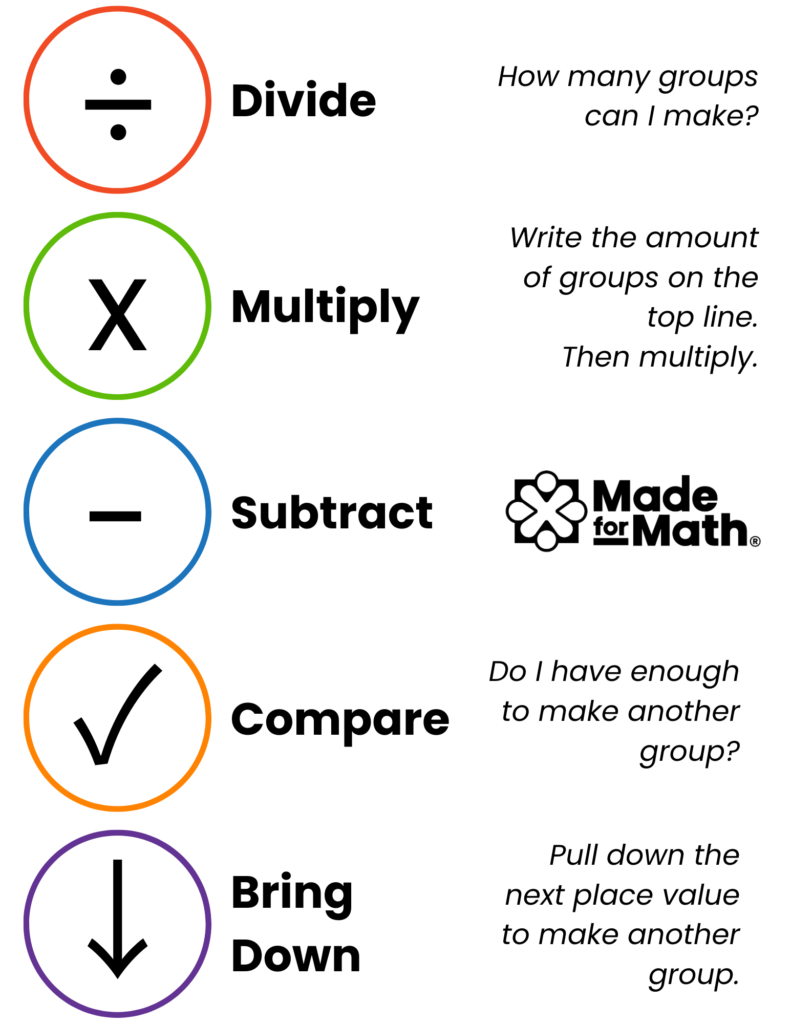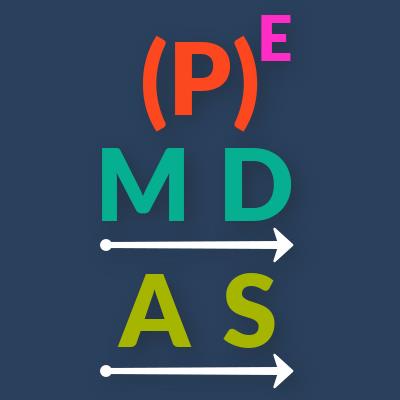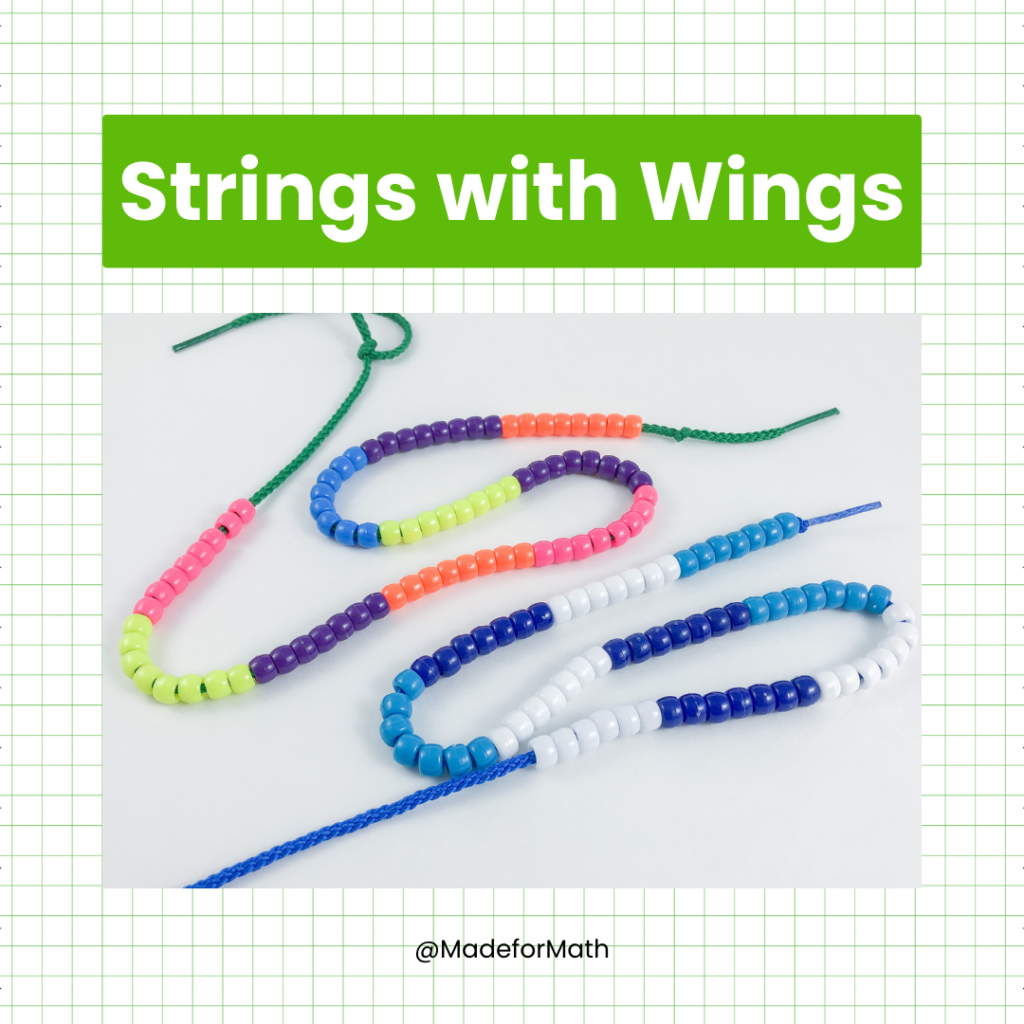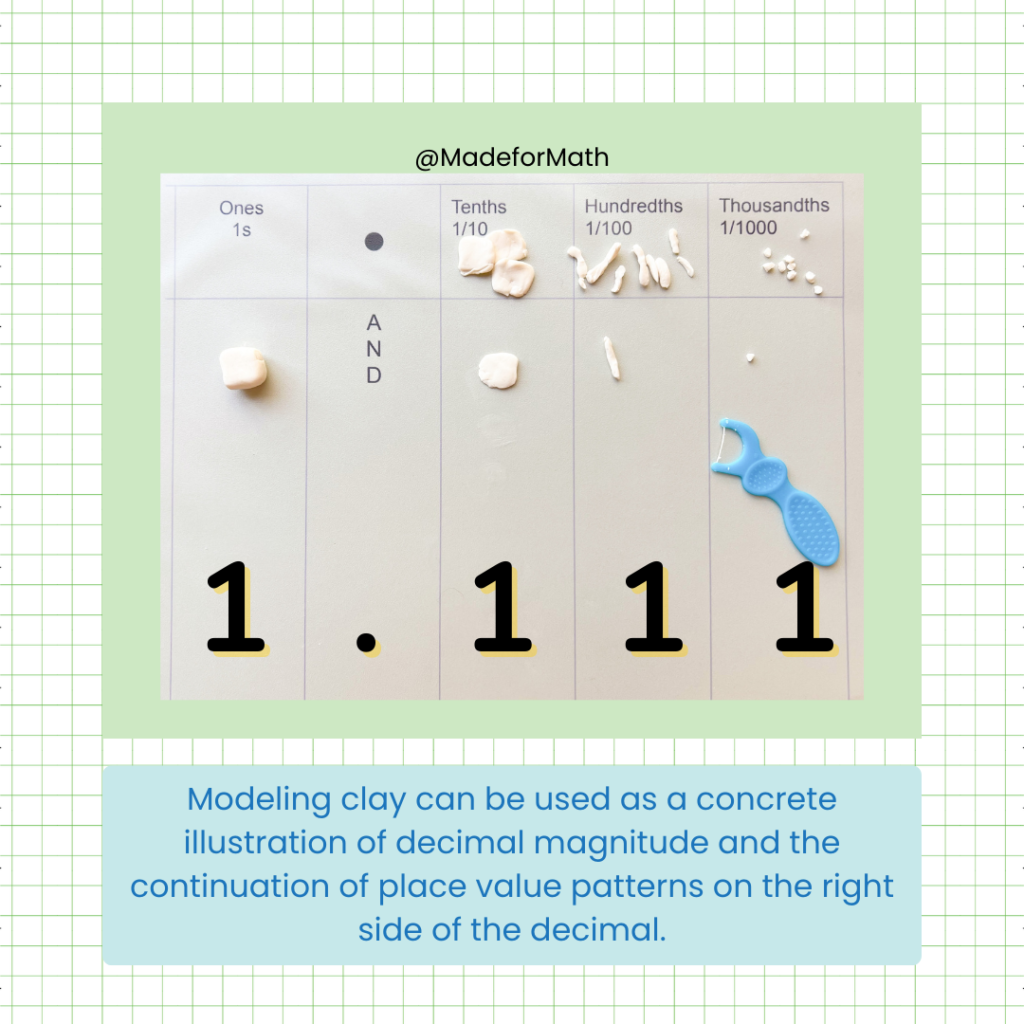Math Accommodations Generator: A Free Tool That Helps You Advocate For Your Child
Table of Contents
What are accommodations?“
An accommodation is an adjustment that can be added to your child’s learning plan through an IEP or 504.”
There are two broad categories of classroom accommodations. The majority of IEPs and 504s are filled with what we call “output accommodations”. These are modifications to the way a child demonstrates their learning, such as extra time on tests or the use of a calculator.
Input math accommodations are typically far more powerful than output ones. Adrianne Meldrum calls them “game-changers” because these accommodations involve making adjustments to the ways a child receives instruction. The use of input accommodations “adjusts how information is learned such as through manipulative use, focus facts, or near-point references.”
Marilyn Zecher, a leader in the multisensory math method we use at Made for Math, shares a bit about the difference between these two categories in our interview with her in Unlocking Dyscalculia Episode 7.
There are several subgroups of input accommodations recommended by the accommodation generator. This interview focuses on 3 main categories: procedural, verbal, and semantic. In the video interview, Matthew provides three examples of each accommodation type.
Counting and Order: 3 Examples of Procedural Math Accommodations
“These accommodations are focused on supporting a student’s ability to count, sequence numbers, or apply mathematical procedures.”
👉 Circle operation signs: Students with math learning disabilities often lose track of what operation they are using and where they should begin solving an algorithm. By teaching them to “circle the sign” (the addition, subtraction, or multiplication symbol) and “follow the line” (the equal sign), students use their finger/pencil to remind their brain what process they are working to complete and where to begin (in the ones place value).
👉 Create a “button” checklist: The multisensory math method requires students to use as many senses as possible simultaneously to ensure processing. One simple way to support a child’s procedural understanding of a concept is the use of a checklist. Matthew demonstrates this with long division by making a “button” for each step in the algorithm.
This checklist allows the student to use a “2-handed” approach (again utilizing multiple senses at once – touch, sight, sound) as they touch each button along the side of their paper while they complete the corresponding step in the algorithm.
When combined with the use of explicit math language like “how many groups of 3 are in 9?”, a button checklist makes the long division algorithm much more accessible for students.
👉 Use of a near-point reference: Another simple yet powerful procedural accommodation is to provide students with what we call a near-point reference. Or better yet, have them build one of their own! The example below is an order of operations reminder for students. They can use this reference to remember that they should always solve anything in parentheses or with an exponent first. Then they should complete multiplication and division computations as they appear from left to right, followed by addition and subtraction from left to right.
Explicit Language: 3 Examples of Verbal Math Accommodations
“These accommodations are focused on supporting math fact retrieval and the language (linguistic) side of mathematics.”
👉 Focus Facts: I know every teacher reading this has experienced the frustration of teaching a new concept, addition with regrouping, for instance, only to discover that their student is using the entire class period to solve 1-digit addition problems and therefore missing the practice of regrouping.
At Made for Math we use “focus facts” or a narrow set of 3-4 math facts that we know a student has achieved fluency with. By using these same few math facts throughout a lesson, we free up a student’s short-term memory to focus on the new concept (regrouping 10 ones for 1 ten) rather than getting hung up on solving the basic math fact (6+7=13).
Matthew Lyda recommends using “friendly numbers” like 2’s and 5’s whenever you are introducing a new skill for the first time. This way all of your learners will be able to focus on the new skill and can develop fluency with additional math facts at a separate time.
👉 Use explicit, consistent, detailed language: As a classroom teacher, I regularly taught vocabulary as a part of my reading instruction. Students need this explicit instruction in math, too. If you take the time to dissect words like “perimeter”, which literally means “to measure around” (peri – around, meter – measure), your students will be much more likely to remember the difference between perimeter and area. To take this a step further, pair these vocabulary words with actions or visuals of something that they are already familiar with (multisensory!).
Adrianne created some short and sweet math vocabulary word study videos. Check them out here! (link to videos on our website: percent, distribute, coefficient, fraction, perimeter)
👉 Counting: Another multisensory tool we learned about from Marilyn Zecher is called “strings with wings”. Made with a bit of string and various colored beads, this counting machine allows students to see magnitude as we count groups.
By creating groups of 6, for example, students can see multiplication in action as they count, “6, 12, 18…”. They can also see division so clearly with this tool. “If I have 18, how many groups of 6 are in 18?” They can even practice concretely with improper fractions and mixed numbers.
“Anytime we can touch, and say, and see simultaneously that’s a big win!” – Matthew Lyda
You can learn more about strings with wings from Marilyn Zecher’s website or from Steve Chinn’s book Mathematics for Dyslexics and Dyscalculics.
Visual-Spatial: 3 Examples of Semantic Math Accommodations
“These accommodations are focused on supporting the visual-spatial aspects of mathematics; more significant concepts such as place value, patterns, and number sense.”
👉 Consider the number of problems and amount of space on a page: Unfortunately, most curriculum companies have yet to learn the importance of SPACE in math. But if at all possible, math worksheets should be limited to no more than 4 problems on a page and use a large, simple font. Students with dyslexia, dyscalculia and other learning disabilities often write BIG!
You can also teach kids to turn notebook paper horizontally to create columns that mimic a place value chart. Or use graph paper (preferably 1 inch). Simple adjustments like these will help students see the numbers and line up place values correctly.
👉 Use clay to teach decimal place value: This is a favorite activity at Made for Math (again, we credit Marilyn Zecher)! To introduce decimals, give students a cube of clay and explain that this cube represents 1 whole. Next, use a flosser to cut the cube into ten pieces. Use a place value chart to show that these are “tenths” and that the pattern of place value continues to the right of the decimal point (these flat tenth pieces are the same shape as the hundreds blocks in base 10). Next, you can cut 1 tenth of clay into ten pieces, and name them “hundredths”. And finally, 1 hundredth can be cut into 10 “thousandths”. (These pieces will be rod and cube-shaped, respectively, imitating the base ten blocks for tens and ones on the left side of the decimal point.)
Not only is this a really fun way to teach the concept of decimals, but it helps students to see at a much deeper level the magnitude of fractional pieces.
👉 Practice decomposing numbers: What are all the ways we can “make a 7”? Use this simple question to develop number sense. “We can add 6 and 1, 5 and 2, or 3 and 4”. Use connecting cubes to help students decompose any number that you want to help them develop fluency with. Turn it into a game to make it even more fun and memorable!
With more than 20 possibilities, the Math Accommodations Generator is “a magical machine where you put in where your child may have roadblocks in math and maybe some of their struggles…and it gives you a report of accommodations that would help your student!” It is a quick 4-minute quiz and it is completely FREE!
Why did Made for Math create this free tool? We want to provide parents and teachers with accommodation ideas (mostly the input kind) that will help students to thrive in the math classroom. Simply take the quiz, print your report, and take it to your next IEP or 504 meeting. It will be like having an advocate there to support you in getting the very best accommodations added to your student’s learning plan.
We will continue to make additions and adjustments to this tool in the future. But we are so excited to offer this unique support to families now!
Students are not machines. They are not all built the same. But we truly do believe that every child is MADE FOR MATH!
They are beautifully unique. Depositing cookie-cutter instruction will not yield the same results for every child. We must continue to use the tools and approaches that fit each child’s wiring in order to see them produce their very best!
“There’s help available for our students who learn in different ways. We don’t want that help left on the table.” – Matthew Lyda
⚙ Try out the Accommodations Generator ⚙
Our team created this generator to help you create a list of ideas to use for accommodations! In 5-minutes or less, you’ll have a FREE report to share with your IEP team.
MFM Authors
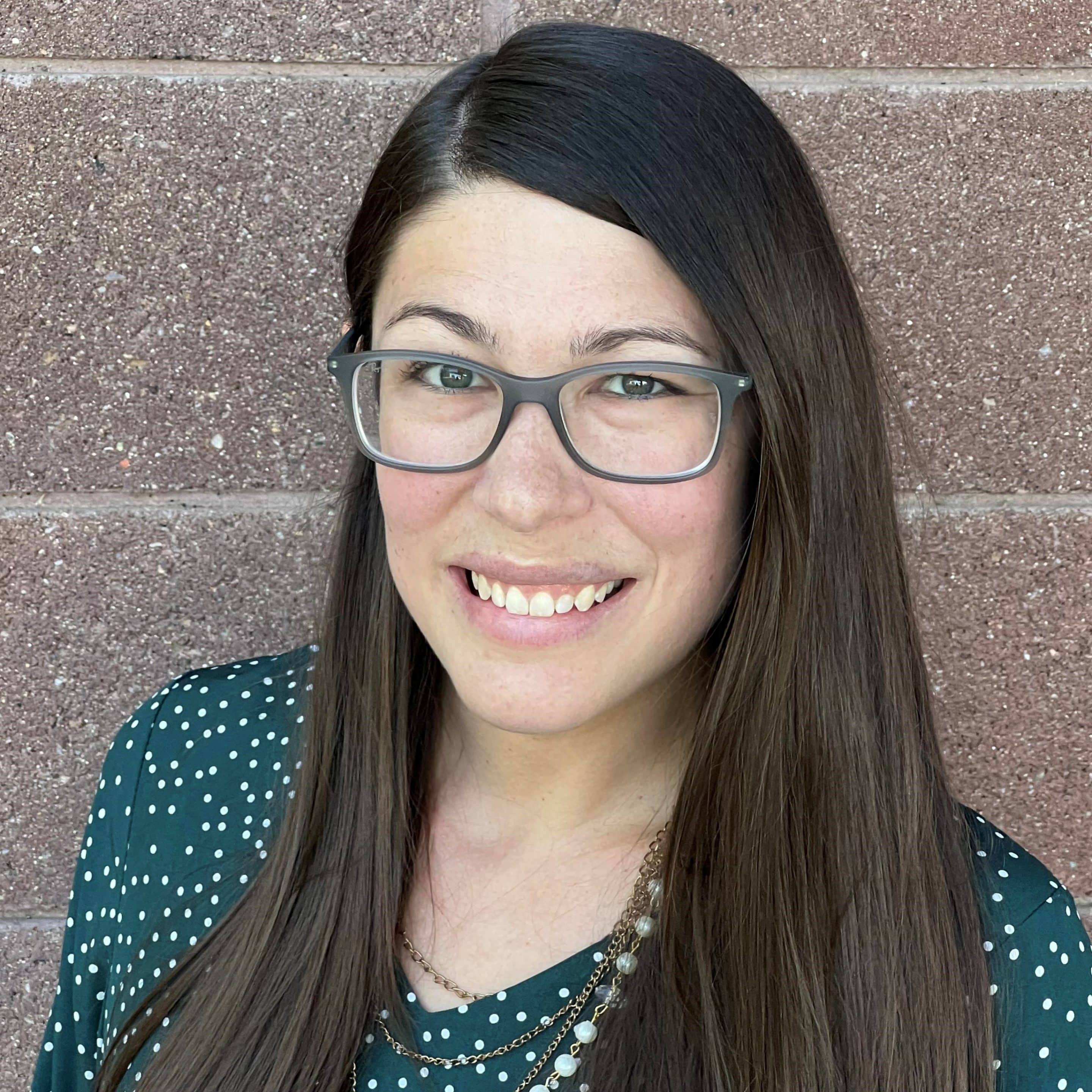
Cassie Gibson
Multisensory Math Specialist
Cassie is a book-loving, knowledge-hungry, fun-seeking teacher who just wants to share the joys of learning with each and every student she has the privilege to meet! While teaching students here at MFM, she also writes great content to help parents just like you.

